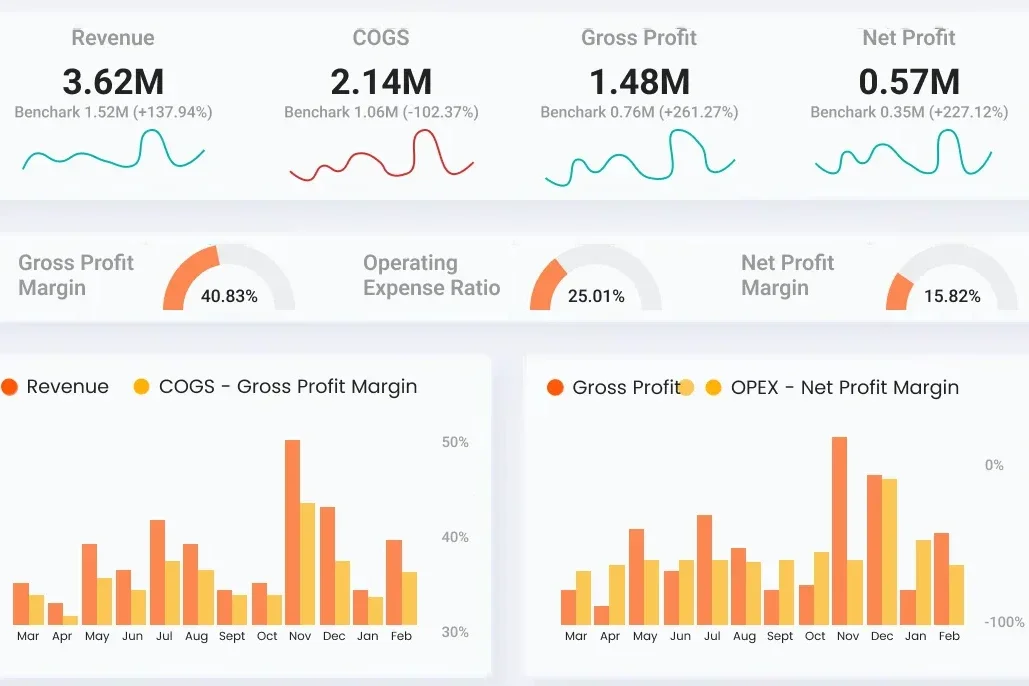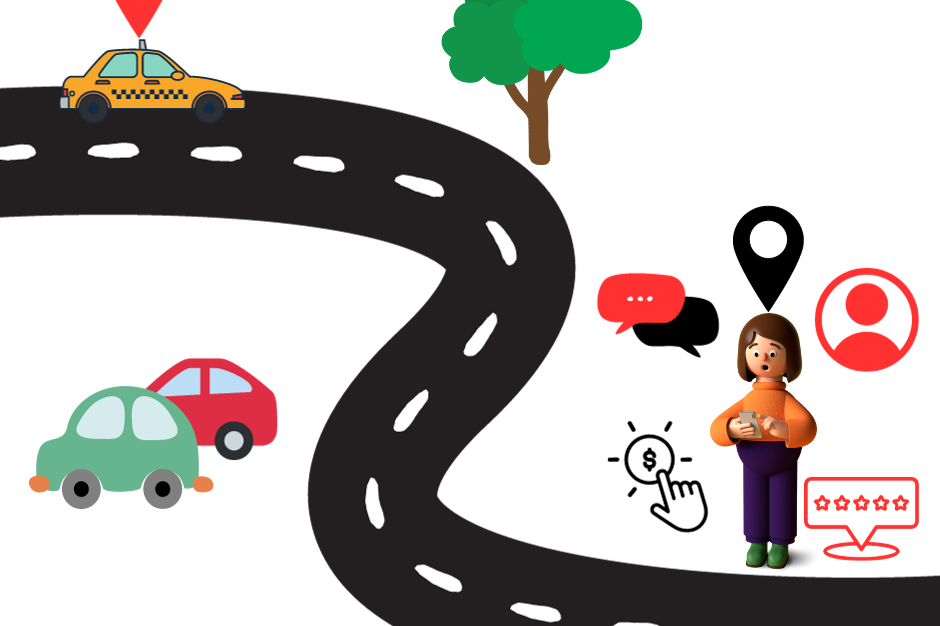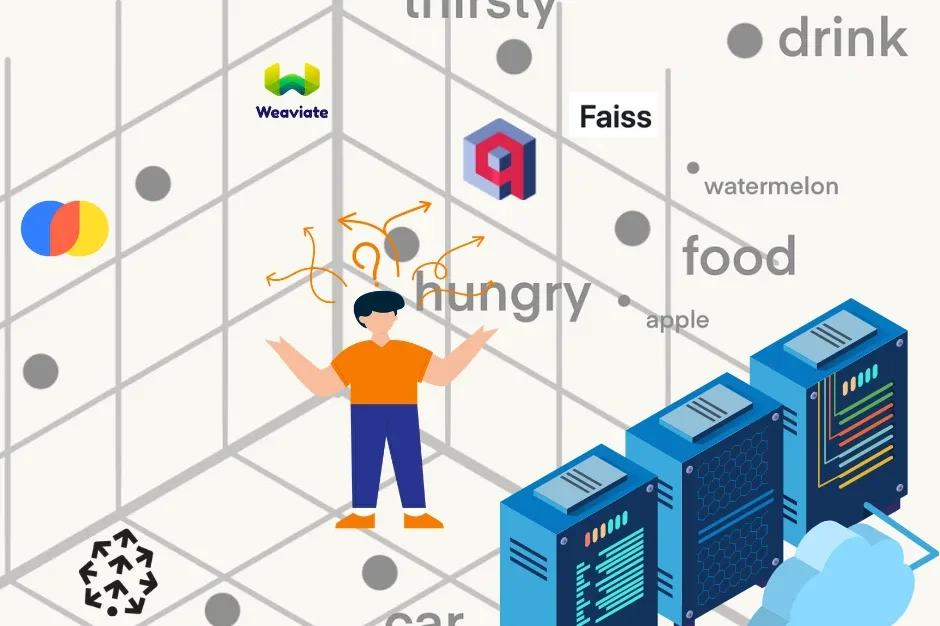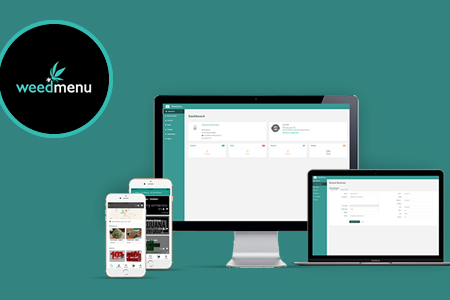Discover six ways how CEOs of SaaS companies can increase their user engagement levels and reduce the churn rate to grow their online businesses.
Being a CEO isn’t easy. For a CEO working in a company that deals primarily with SaaS products it’s extremely difficult so. Full time responsibilities, day-to-day management activities and a constant pursue of the company’s short and long term plans keeps CEOs fully occupied with very little time for their families. Considering the primary role of a CEO – whatever domain he or she is currently working in – it is important that the organization makes a tidy profit at regular intervals of time and the stakeholders remain contented with the business earnings. This is the bottom line for most CEOs – Whatever you do, make your company profitable and the investors happy. But quite often that just doesn’t happen. Even after putting in a lot of efforts, CEOs are often at a loss as to why things just don’t click on time and why prospects don’t engage with the marketing processes. Inquiry generation starts with client engagement. The better the engagement process, the better are the chances of getting sales. Therefore, the more you connect, the more you sell.
Interpreting user engagement
User engagement plays a vital role in lead nurturing and profit creation. It can be broadly understood as an assessment of how an individual responds to some type of offering such as a product, a set of service or even a website. The extent to which the individual engages with your brand can be determined on the basis of total number of interactions that the person carries out with you i.e. how many times he/she visits your site, comments on your blogs, clicks on CTAs, downloads contents, watches videos etc. In marketing contexts, user engagement is often referred to as “Customer Engagement” (CE) and depends mainly upon how frequently you market your particular product or services over the net, and how many times potential customers respond to your marketing efforts. Here, it’s important to differentiate between the terms “potential client” and “client” – A potential client is an individual who is at a particular stage in his or her customer journey and likely to buy, but has not actually bought your product. Whereas a client is someone who has already paid some amount for your services.
Google’s potential in acquiring new markets segments
If you have more chances to engage with your buyer’s audience, you could drastically increases your sales. For example, if you could subscribe to a venue that offers access to a large buyer’s audience such as Google to promote your product, you could drastically increase your sales figures. On average 40,000 search queries are processed by Google each second which translate to more than 3.5 billion searches per day. It comes to 1.2 trillion searches each year worldwide.
Google searches statistics (Average values)
- Searches each second: 63,000
- Searches each minute: 3.8 million
- Searches each hour: 228 million
- Searches each day: 5.5 billion
- Searches each month: 167 billion
- Searches each year: 2 trillion
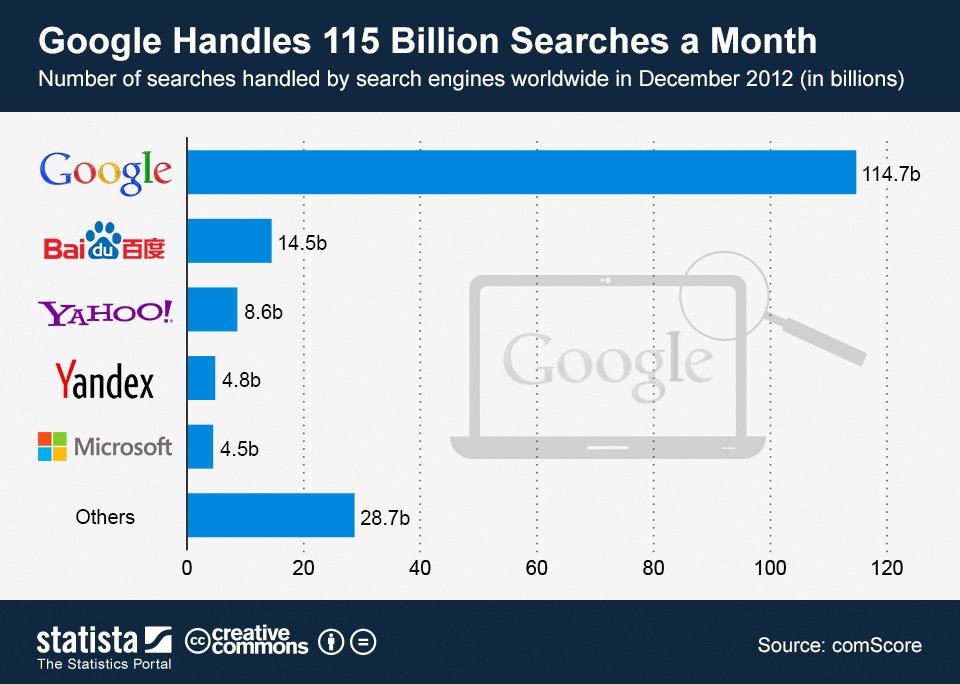
Online search engines like Google could well prove to be a boon to businesses struggling to get noticed online. But in reality it does not always work out. Google Adwords offers an opportunity to promote your product and services in local markets as well as globally, but businesses still fail to monetize even after carrying out PPC campaigns for long durations and paying Google a lot of money. The question remains: You’re aggressively promoting your brand online and even have visitors landing on your website. They’re browsing your site pages, studying your sales pitch and trying to engage with you but still they just won’t buy. You have a perfectly structured website that is SEO optimized, having a decent layout design and displaying products that are of interest to the visitor. Yet the visitor fails to place an order.
Customer retention and churn rate
As a CEO, the second factor you need to consider is how to reduce the “churn” rate or customers’ drop-out rate from your sales engagement process. Marketing requires efforts and expenditure. If you’re spending more on sales and marketing efforts but earning less from your customers you’re likely to close down soon.
Consider the following facts:
- The cost of acquiring a new customer is 6 to 7 times more than retaining and selling to an existing customer (Bain & Company).
- 72% of customers who’ve already bought from you and had a good buying experience are most likely to recommend your brand to others and continue buying from you (Harris Interactive).
- Chances of selling a new or additional product to an existing customer is 60% to 70% more as compared to selling it to a new customer who is likely to buy only 5% or 20% of the times you try to engage with him or her (Market Metrics).
The statistics indicate retaining existing customers is perhaps more important that spending money to look for new ones. Therefore, you can’t focus solely upon new acquisitions – you also need to keep your existing clients happy and earn from them from time to time.
So what’s the way forward? It’s important to get new customers in but it’s equally important to retain them once they engage with you. It brings us back to the root question: How to engage effectively with customers?
Why do your clients and prospects drop out?
The reasons primarily depend upon what you’re selling, what your business model is and how you’re selling your product. However, the first and the foremost thing to do is to be totally honest with yourself and accept existing facts and figures as they stand out – This can be hardest part of all since many a CEOs have inflatable egos and often refrain from accepting true facts even when they know they exist. The situation may be worse if they are answerable to investors and crowd funding entities. Proclaiming a dip in sales figures or accepting publically a loss in gross revenue could well mean a new job search.
There are a few pointers which you could think about to resolve your user engagement and churning issues.
1. Talk to your customers
[pullquote]
“People don’t care how much you know until they know how much you care.”
By Theodore Roosevelt
[/pullquote]
Most organizations talk to their customers only when:
- They want to up sell or suggestive sell a new product or service
- They have a severe churn rate that’s drastically affecting sales
- The customer is facing a problem or issue and wants to talk to a support executive and raise a ticket
Up selling: Persuading a customer to change or switch his or her purchase decision to a more expensive product.
Suggestive selling: Making the customer decide or consider a purchase that he or she might otherwise not have thought of or made.
For customers who’re just content with buying a product or service to fulfill a particular need this scenario can be optimum as long as the product works properly and the user doesn’t face any issues. Such customers are not likely to contact you unless they have a problem and want a resolution. However, for such customers, if you choose to connect with them periodically through phone calls and emails, they’re more likely to understand and trust your brand simply on the basis of personal interactions carried out. Next time the customer wants to buy something he/she is most likely to check out your website and see if the product is listed there. Customer buying loyalty can be increased through personal communications.
Being available leads to communication opportunities which can result in improved user engagement and increased sales.
It’s important for organizations to talk to their customers rather than the other way around. There’re ways to reach out to your customers.
1) Customer Satisfaction Surveys
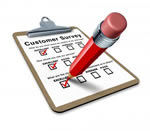
2) Feedback Bar
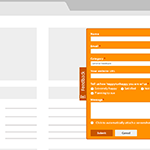
A feedback bar does the trick – It doesn’t take up much desktop space, can easily pop up and close, and the user could select some options available in the box or jot down a few words.
3) Emails Announcing New Features
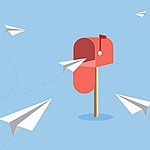
Email campaigns are a great way to collect feedback since all an end-user has to do is to select a few options or type down a line or two and simply reply to the sender. It takes very little time. You need to structure you email letter such that it passes the spam filters though.
4) Social Media

2. Know your weaknesses
[pullquote]“Our greatest weakness lies in giving up. The most certain way to succeed is always to try just one more time.”
By Thomas A. Edison[/pullquote]
Ever wondered:
- Why some visitors don’t sign up or engage with your product even after you’ve pitched the benefits to them?
- What customers and prospects have to say about your organization’s services and products?
Even if you have a perfect marketing setup and a huge advertising budget, it’s the quality of your product that eventually decides how many active customers you’ll retain. In a SaaS model your online reputation plays a very important part in making your product successful since your customers are never going to seek or talk to you physically – it’s your product or service that will have to speak for itself and bring you profits.
You can better your product only when you know where it lacks. Since your customers are your end users, they’re the best people to know about your strengths and weaknesses. The issue is people don’t have the time nor the inclination to come up and tell you where your business lacks – It’s up to you to find out where you’re going wrong. The important thing is to identify issues and resolve them while they’re still in the infancy stage.
It’s worthwhile to take a proactive approach, spend sufficient time and reach out to potential customers to find out what they have to say about your organization and what they feel about your product or services. All you need to do is engage with them using any or all of the methods mentioned above and ask for product feedback. Popularity or rating features available on websites can go a long way in getting positive or negative feedback from your customers.
3. Deliver on your competitive advantage
[pullquote]“If you don’t have a competitive advantage, don’t compete.”
By Jack Welch[/pullquote]
[pullquote]“Good enough never is. Set your standards so high that even the flaws are considered excellent.”
By Debbi Fields[/pullquote]
Ever asked yourself:
- Why do customers buy from me?
- Am I unique in any way?
Unless you have a monopoly in the particular type of service you’re providing or a product that no one else can manufacture, the question is why should anyone buy from you? The market remains highly competitive and what you’re selling today can be reproduced by some else at a much cheaper rate in the future. The fact that people still buy from you indicates you have “something extra” that sets you apart from others – At least for the person who’s purchasing from you. Ever wondered what that something extra is? It’s your competitive advantage. You need to capitalize upon it – Make what you “have” even “better” and let people know you still have it.
Some people get their competitive advantage early because they might have pioneered a service or a concept at a time when no one else has offered it before. Even if competition sets in at a later date you still lead the market – The only difference being you don’t have a monopoly any longer, but you still retain a competitive advantage since you’ve started early and have much more experience in understanding consumer psychology and how to make your services more customer-centric.
In certain cases you need to introspect and discover that winning streak that you know lies hidden somewhere within yourself. People close to you and who understand you better can help you rediscover yourself. At times, your enemy can be your best teacher as he/she is most likely to criticize your plus points or mention where you fundamentally lack – given a chance.
4. Know why customers cancel
[pullquote]“I take rejection as someone blowing a bugle in my ear to wake me up and get going, rather than retreat.”
By Sylvester Stallone[/pullquote]
[pullquote]“A rejection is nothing more than a necessary step in the pursuit of success.”
By Bo Bennett[/pullquote]
[pullquote]“Every rejection is incremental payment on your dues that in some way will be translated back into your work.”
By James Lee Burke[/pullquote]
If a customer cancels your subscription, ever found out the reason why? It could be because:
- Your product or service is becoming outdated and no longer supports useful features
- Your competitor is offering better quality features compared to your product at a much lesser price
Requirements of people change with time and people are most likely to respond to their needs rather than their habits or desires. If you have someone cancelling his or her subscription, ever wondered why the person is cancelling? Ever asked for the actual reason of cancellation? It could give you valuable insights regarding end user needs or your product’s quality and usefulness.
In a competitive market one has to constantly search for ways and means to improve the quality of services or the product, or find ways to introduce new concepts or ideas to grow your business. During the early 50s, Accenture conducted a feasibility study for General Electric concerning the installation of a computer in Appliance Park, one of the largest appliance brands in the United States as of now, in Louisville, Kentucky. It led to the installation of GE’s UNIVAC I computer and printer which is believed to be the first known commercial use of a computer in the U.S.
Majority of all popular portals conducting online businesses today ask outgoing customers why they’re cancelling. They use the data to analyze their product’s quality, process flows and a lot more to better their business and serve their customers by making the necessary adjustments.
5. Avoid wrong decisions and bad PR
[pullquote]
“Don’t be afraid to make mistakes. But if you do, make new ones. Life is too short to make the wrong choice twice.”
By Joyce Rachelle
[/pullquote]
People tend to make mistakes. Do you:
- Have a plan to handle exceptions and bad PR?
- Have a process to reach out quickly to people affected?
It’s easier said than done, but it still happens. Sometimes CEOs can make bad decisions, or do the right thing at the wrong time, or in the wrong manner. But it’s important to recover from it – fast. For example, if you have a product that you’ve tested thoroughly and it still displays a design flaw or some bug after people have started using it, it could lead to lost customers and bad PR. In such cases, rather than letting things proceed by themselves and incurring bad PR, it would be worthwhile to engage with your audience, accept the fault and apologize. To err is to be human and end users know that, so it wouldn’t be so bad after all if you release a public statement for the inconvenience caused to people and that a new version minus the design flaw shall be provided soon.
Organizations expanding too rapidly or growing multi folds in several directions at once can often lose focus upon certain operational aspects which could result into bad quality services. Dropbox experienced a bug in its login authentication features which made passwords optional for approximately four hours during a weekend. People could log into other users’ accounts simply by entering their user names. The CEO, Drew Houston, apologized and gave customers affected by the bug his phone number to discuss the issue. People still remember it but it has not affected new subscribers from using Dropbox.
A few tips for handling bad PR, whether it’s because of your own decisions or due to system errors:
- Apologize
- Admit the error and communicate with people to explain how you’re planning to help them out. Also provide a tentative date for error resolution
- Tell people what you’ve learned from the error and convince them you’ll be taking precautionary steps to prevent such errors in the future
- Reinforce your brand message and state you’re looking forward to serving them with quality services
- Reiterate your competitive advantage and ensure people you always strive to live up to their expectations
6. Assure customers they’re using the best product or services
[pullquote]“The strength of brand loyalty begins with how your product makes people feel.”
By Jay Samit[/pullquote]
[pullquote]“The aim of marketing is to know and understand the customer so well the product or service fits him and sells itself.”
By Peter Drucker[/pullquote]
Do your customers know why:
- They’re using your product?
- Remaining subscribed to you can be advantageous to them?
Customers can have many options. You’re perhaps not the only organization to offer a solution to a specific problem. It’s wise to think that customers are aware about your competitors, or other options, and willing to switch over if presented with the right kind of offer. That’s why while releasing a new set of feature it’s advisable to run an email campaign and inform customers about the quality of your product and restate your competitive edge over the others. It doesn’t mean you’ve to insert your slogan and logo on every email you send – rather inform end users about the new feature and ask them to contact you if they’re facing any problems or issues using them.
Here’s an example of such an email:
Hello <name>,
We have a new set of features for you!
… feature 1
… feature 2
… feature 3
To know more about the features visit <link>.
<product name> lets you:
… benefit 1
… benefit 2
… benefit 3
Know more about the benefits at <link>.
To use the features, simply follow these directions:
… direction 1
… direction 2
… direction 3
Facing problems? Contact our tech support at <link>.
We’re working hard to improve our services. If you have any queries, email or call us at:
<email>
<phone number>
<address>
We love getting feedback from our customers!
Thanks for choosing <company name>!
<name>
<position>
<phone number>
The activity is not about selling your product – it’s about assuring your customer they’re at present using the best product or services available. It also does not include criticizing your competitors or downsizing them. It’s just that customers do have other options available to them but need to be reminded why they’re using your product or services i.e. your competitive edge. Remind them about this by engaging and interacting with them on different channels available to you.
Sunflower Lab is a custom apps and mobile software development company based in Columbus, Ohio. Voted as “Top Custom Software Development Company of 2017” by Clutch – A top B2B marketplace to find companies who are experts in their domains – Sunflower Lab offers many IT based premium quality services including mobile app development, web development, cloud development, custom software development, graphic design and strategic consulting. Visit the website now to know more about our quality development services and engagement process.
Interested in other CEO topics by Sunflower Lab? We have an entire series of articles specially created for you! Subscribe to our newsletters
You might also like
Stay ahead in tech with Sunflower Lab’s curated blogs, sorted by technology type. From AI to Digital Products, explore cutting-edge developments in our insightful, categorized collection. Dive in and stay informed about the ever-evolving digital landscape with Sunflower Lab.




